All products featured are independently chosen by us. However, SoundGuys may receive a commission on orders placed through its retail links. See our ethics statement.
How do you get a good fit with hearing aids?
August 24, 2022
A poorly fit hearing aid won’t help you hear better. Aside from giving you a bad impression of hearing aids, it could also worsen your hearing.
Getting a perfect fit isn’t easy to do on your own. It requires precise measurements of your hearing ability, the right type of hearing aid for your hearing loss, and physically fitting each hearing aid to your ear. Let’s unwrap everything you need to know to get perfectly fitted hearing aids.
Editor’s note: this article was updated on August 24, 2022, to address the new OTC hearing aid legislation.
What does it mean to get fitted for hearing aids?
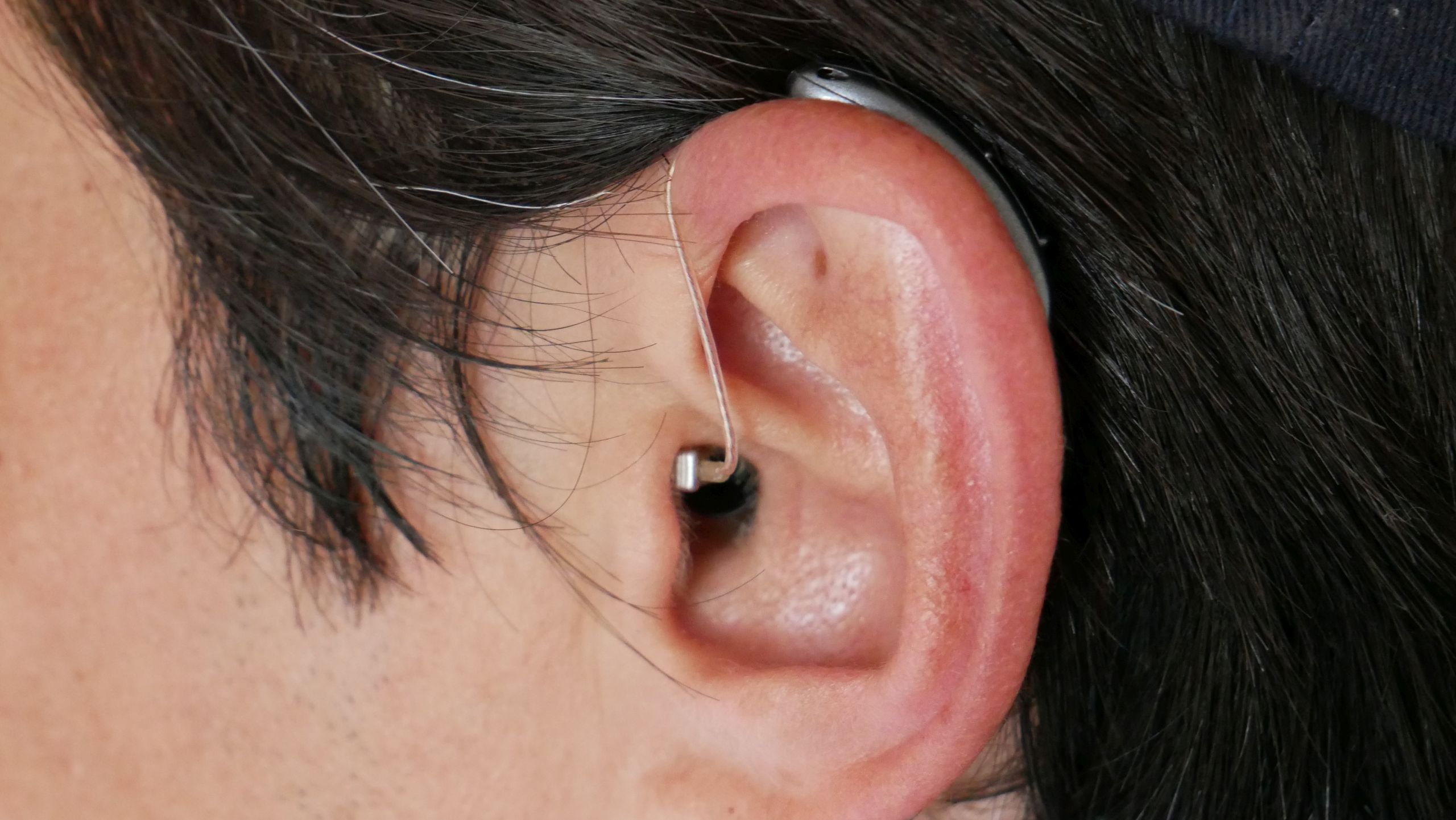
At a hearing aid fitting, you choose a hearing aid that suits your personal needs, and your hearing care professional will customize it for you. But before you get fitted for hearing aids, an audiologist must perform an ear exam and a hearing test. This doesn’t take too long, and it can usually be done during the same appointment as the actual fitting.During the fitting, the hearing care professional will help you choose the right type of hearing aid for your hearing loss and lifestyle. Then, they’ll physically fit each hearing aid to your ear. This might involve an earmold impression or picking the right size dome for a receiver-in-the-canal (RIC) type hearing aid. Next, they’ll program each hearing aid based on your hearing loss and verify the settings with Real Ear Measures.
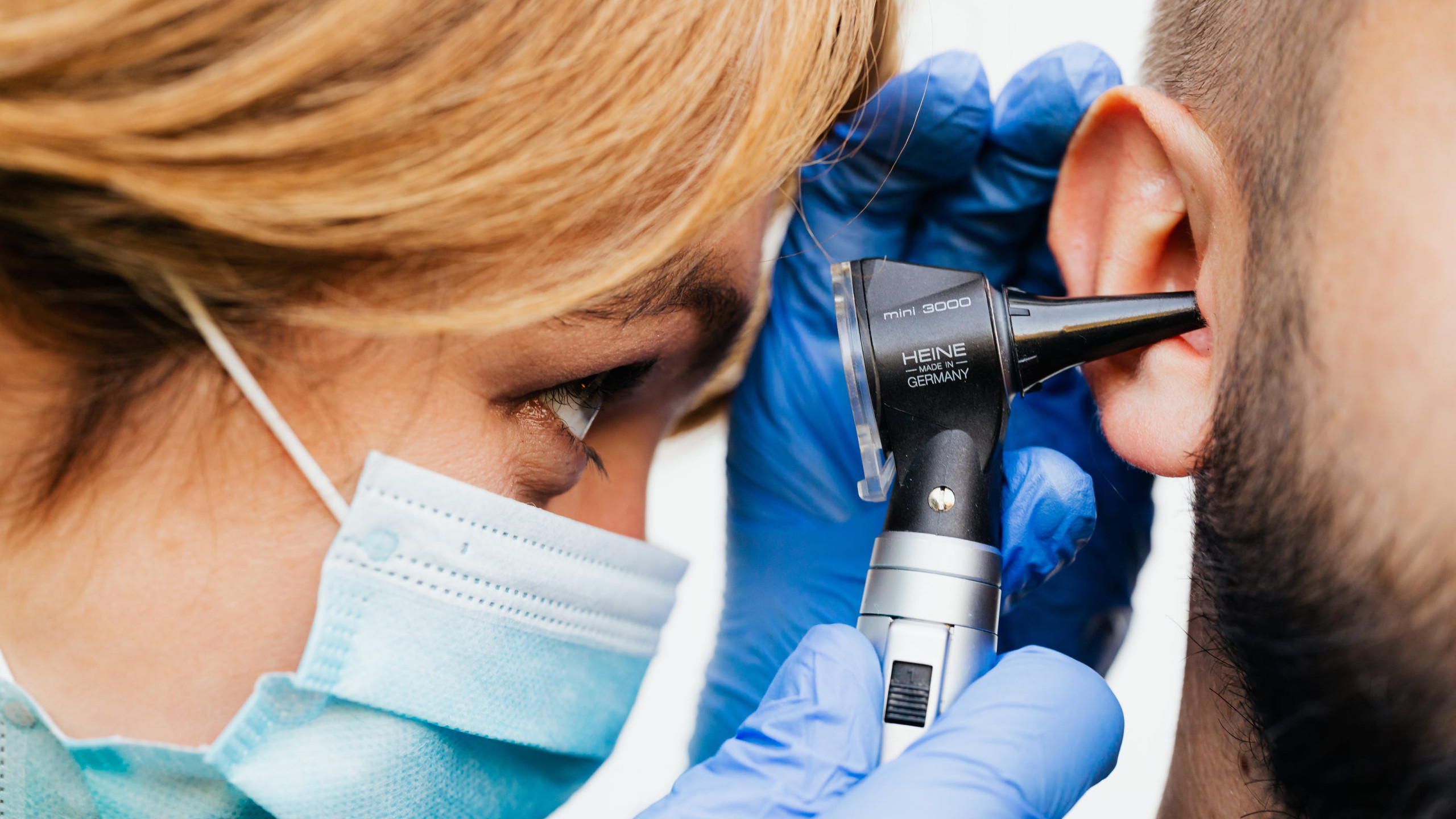
Finally, your hearing care professional will show you how to use your hearing aids. The professional will make sure you’re comfortable putting the hearing aids in and removing them, turning them on and off, adjusting the volume, and using any other features that come with it. You’ll also learn how to properly maintain them, which might include replacing the battery. Many hearing aids have a companion mobile app, which you should also get an introduction to.
Do hearing aids need to be fitted?
Hearing aids need to be fitted to each individual, because everyone’s hearing loss and physiology are unique. Moreover, most types of hearing loss are progressive and everyone’s hearing gets worse with age, meaning your hearing will continue to decline over time. Consequently, your hearing aids will need regular adjustments.
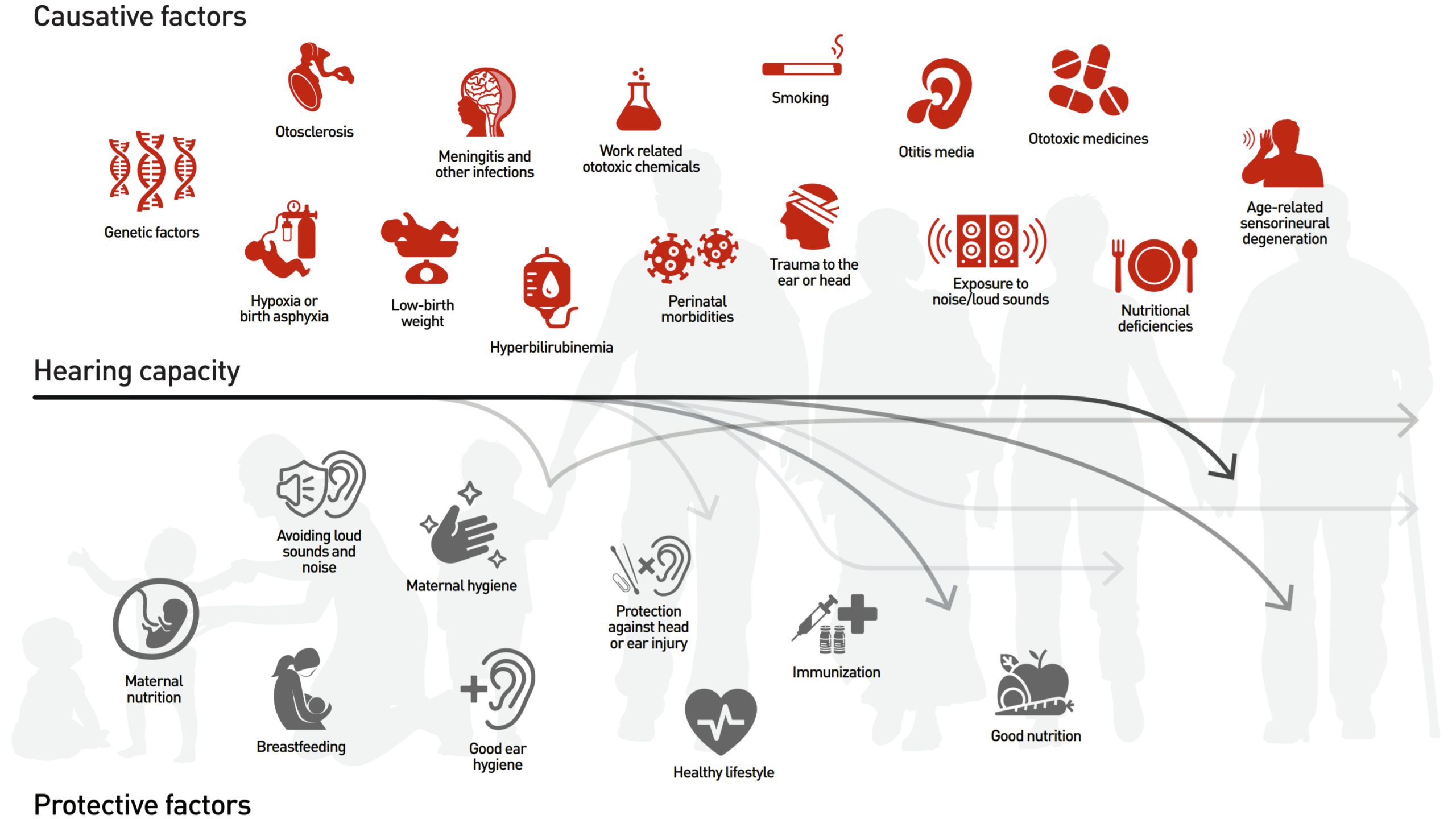
Uncorrected hearing loss can lead to social isolation, anxiety, depression, cognitive decline, dementia, and more. Poorly fitted hearing aids might not stop these consequences, especially if you continue to have trouble understanding what people say. For that reason, it’s not only important to have a good initial fitting, but also regular checkups.
While a poorly fitted hearing aid could theoretically damage your hearing further, it’s unlikely with proper fitting. Just keep in mind that hearing aids amplify external sounds and emphasizing the wrong frequencies or turning the volume up too much could cause noise-induced hearing loss.
How long does a hearing aid fitting take?
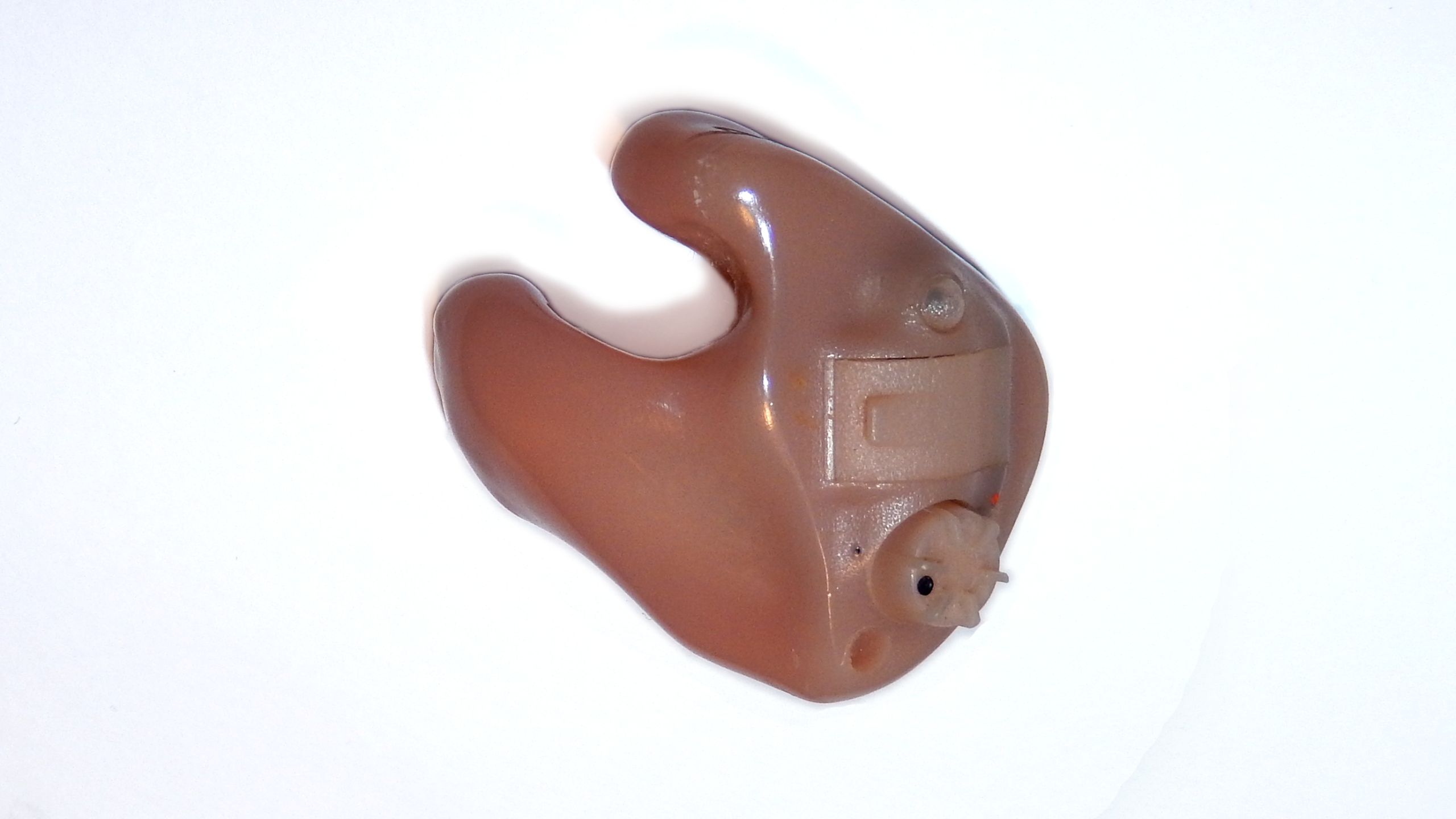
A hearing aid fitting can take as little as 15 minutes or up to two hours. Your fitting will take longer if it includes a hearing test, real ear measurements, and a thorough introduction to using your hearing aid. If you choose a hearing aid that requires earmold impressions, you’ll have to return for a second visit to complete the fitting as the production of custom molds could take a couple of weeks.
Can you get over-the-counter hearing aids with a fitting?
The FDA recently passed legislation to permit over-the-counter (OTC) hearing aids. Starting on October 15, 2022, you can buy affordable hearing aids online or at a drugstore. This is a good solution for those whose health insurance doesn’t cover hearing loss and who can’t afford full-service hearing aids. OTC hearing aids, like the Jabra Enhance Plus, will include a self-fitting option.
Do self-fittings for OTC hearing aids work?
A recent study shows that self-fitting can work. Without knowing which test group they were in, participants preferred their own settings over the audiologist’s selection. But results can vary, depending on the self-fitting method applied.
Hearing care professionals warn that self-fittings could result in unsatisfying results or further damage to a wearer’s hearing:
Poorly fit and over-fit hearing aids (i.e., too much sound) may cause additional temporary and permanent problems such as: threshold shifts, tinnitus, aural discomfort, vertigo, dizziness, and more.
However, a study by the National Academy of Sciences (NAS) concludes there’s no “clinically meaningful benefit” in the currently required medical evaluation. The NAS argues that the unmet, widespread need for hearing aids outweighs the few cases that may benefit from a professional fitting. In most cases, once you have hearing loss, any fitting is better than forgoing hearing aids altogether.
How can you get a good hearing aid fit?
Getting an optimal hearing aid fit requires a few steps before the actual fitting. Let’s go through them in detail.
Get a hearing test
If you want to get fitted by a hearing care professional, you will need a hearing test. That’s because your service provider uses software that calculates hearing aid settings based on an audiogram (i.e., the results of your hearing test). Again, you can usually get a hearing test and a hearing aid fitting in one sitting.
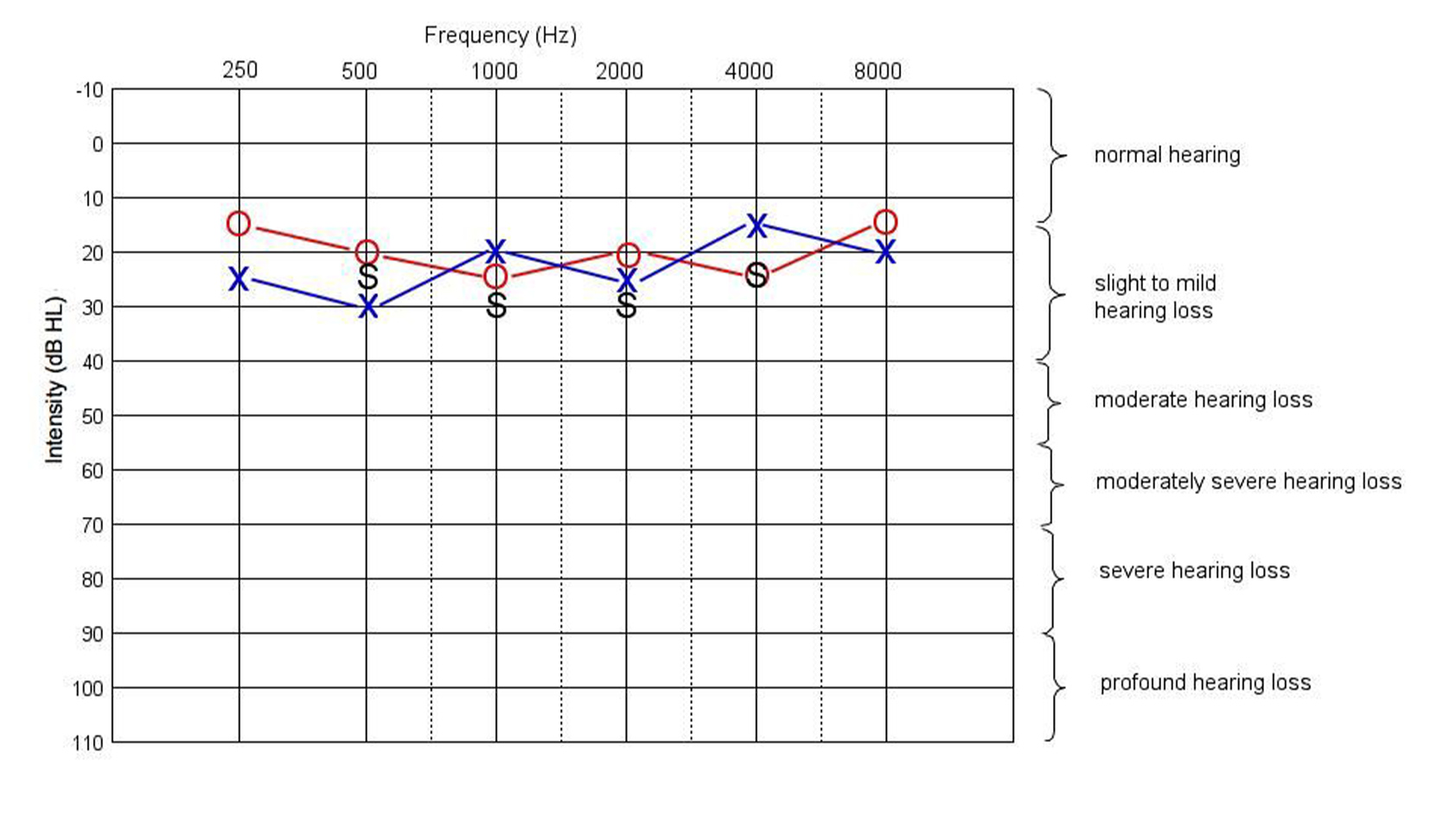
The hearing test measures the lowest volume you can hear for sounds at different pitches. Since hearing aids only cover frequencies up to 8,000Hz, standard hearing tests don’t extend beyond those frequencies. The audiologist might also run tests to determine your remaining speech recognition. All the information they gather during a hearing test helps customize your hearing aid to your unique hearing loss.
Obtain medical clearance
Presently, you either need to obtain medical clearance from your physician or sign a medical waiver to receive a hearing aid fitting. Even when those requirements are lifted, it’s in your best interest to consult a physician if your audiogram shows unusual patterns. In rare cases, a medical evaluation by an ear-nose-and-throat (ENT) doctor might reveal underlying causes of the hearing loss.
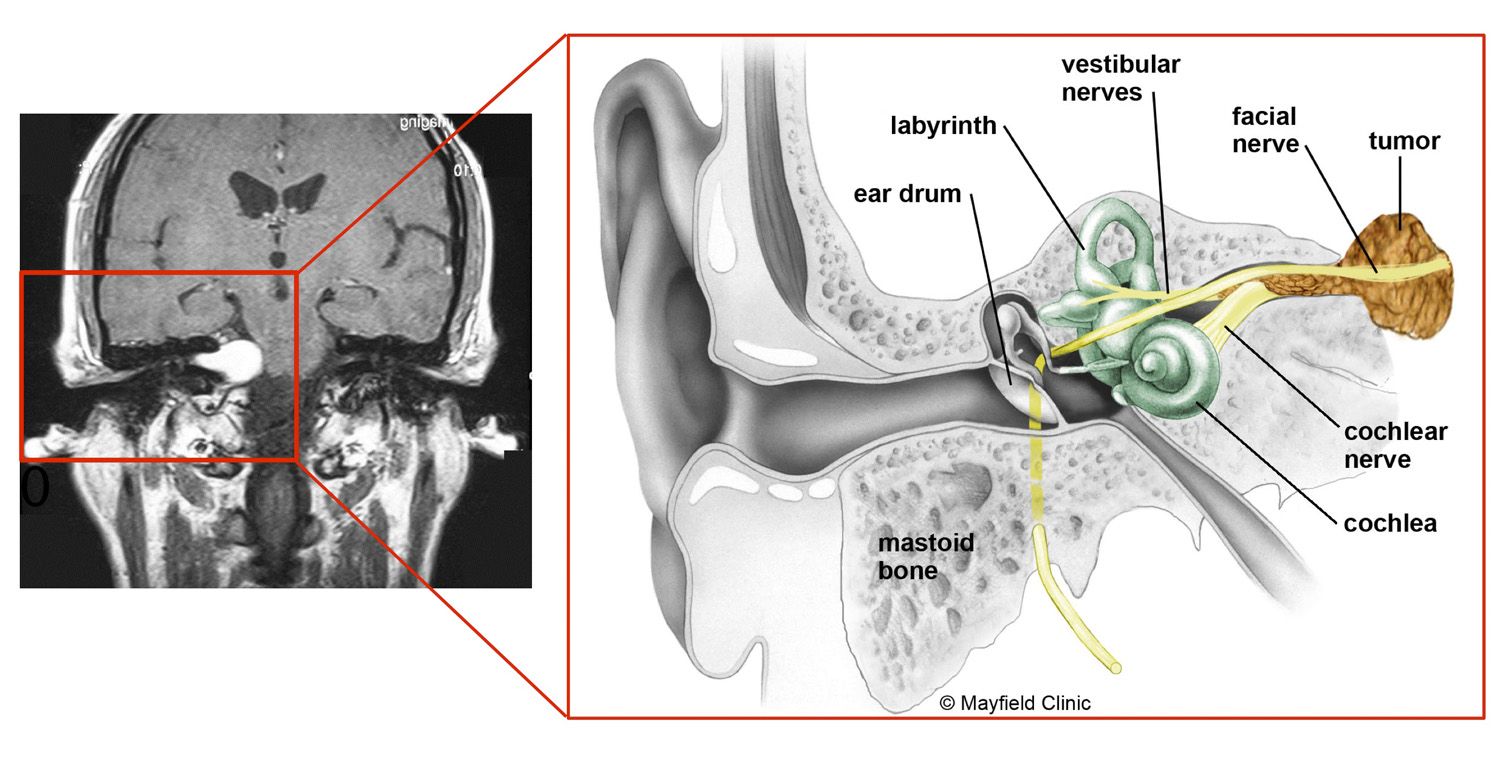
While the specific cause won’t necessarily change your hearing loss treatment, it might require regular monitoring, and possibly further treatment to avoid the rapid progression of hearing loss. It could also impact the type of hearing aid you choose initially.
Choose the right type of hearing aid
During the hearing aid evaluation, your hearing care professional can help you decide which type of hearing aid is best for you. This depends on a range of factors that includes your hearing loss severity, lifestyle, physiology, and personal preferences.
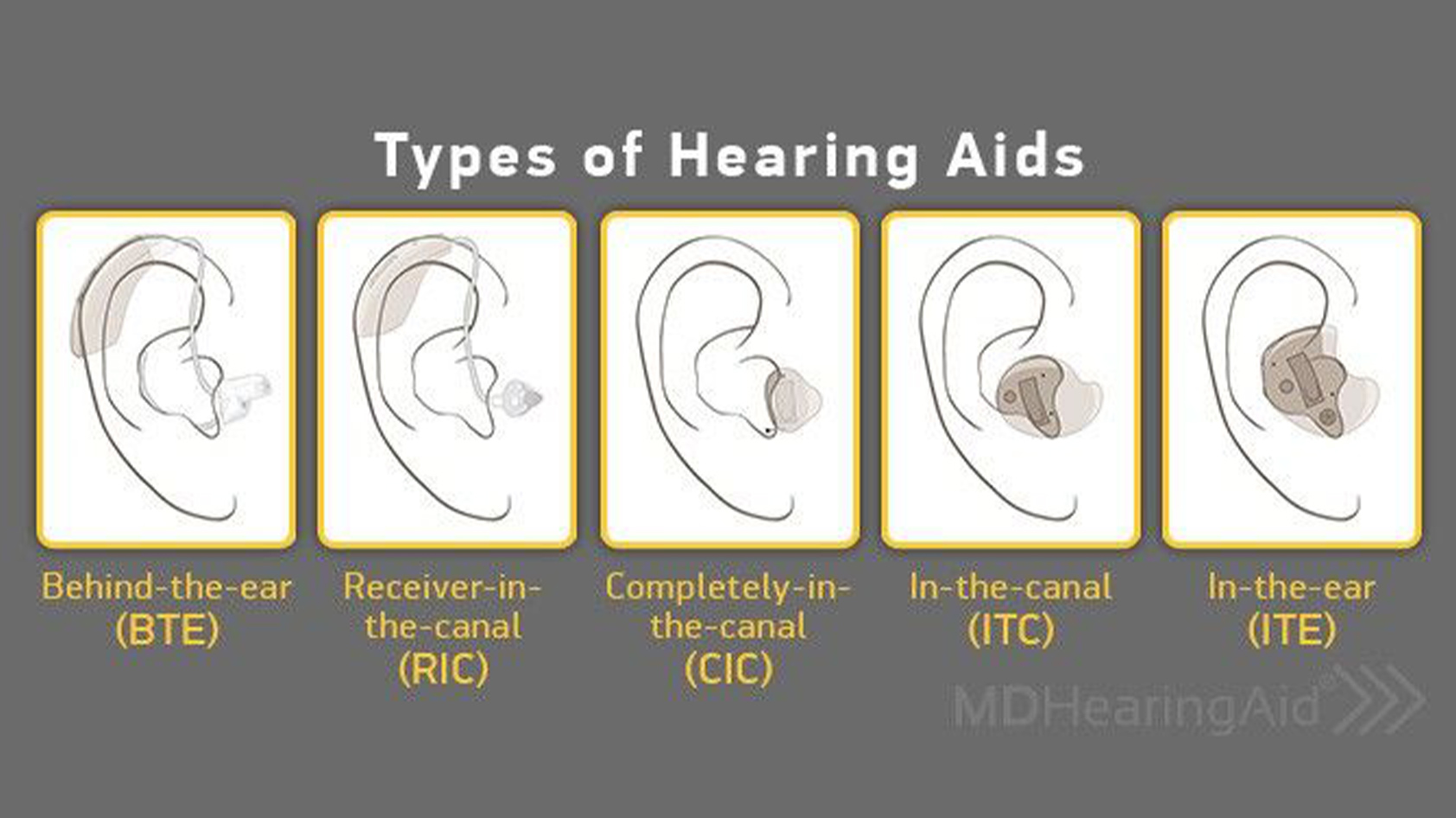
Here are a few points to consider:
- Do you wear glasses and have an active lifestyle? You might prefer a hearing aid that firmly sits in the ear canal.
- Do you fear the stigma of wearing a hearing aid? See if an almost invisible completely-in-the-canal (CIC) hearing aid works for you.
- Does your ENT expect your hearing loss to progress more rapidly? Choose a hearing aid that can keep pace with any changes in your hearing ability.
- Do you have moderate to severe hearing loss? A behind-the-ear (BTE) or receiver-in-the-canal (RIC) unit can provide more processing power and better amplification.
- Does your tinnitus bother you? Hearing aids can improve tinnitus; pick a model that can also treat the ringing in your ears.
- Do you struggle with dexterity? Get a hearing aid that’s easy to control and maintain, possibly a rechargeable one.
- Do you travel a lot? Make sure your rechargeable hearing aid comes with a two-in-one charging and carrying case.
It’s possible that your hearing care provider doesn’t carry the perfect model for your needs. Most service providers partner with one or two hearing aid manufacturers, which limits the selection. Hence, it’s helpful to get a rough idea of what you want before you find a professional that offers what you’re looking for. Remember that the type you like best might not be compatible with your needs.
Request real-ear measurements
Your hearing aid fitting should include real-ear measurements. This process measures how loud specific sounds are in your ear canal. Here’s how the Center for Audiology describes it:
During real-ear measurements, a thin probe microphone is inserted into the ear canal alongside the hearing aid. The audiologist obtains readings of the exact sound levels the user is receiving from the hearing aid while listening to various recorded speech samples. The audiologist can then precisely adjust the sound levels to match target amplification levels based on the hearing aid user’s hearing loss across the speech frequencies.
Essentially, your care provider verifies that each fitted hearing aid sufficiently amplifies soft sounds without over-amplifying moderate or loud sounds. Finding the ideal level of amplification will help you hear speech more clearly, increasing your overall satisfaction.
Ask for optional accessories
Different types of hearing aids come with different accessories.
RIC hearing aids require a tip, which is either a custom earmold or an instant-fit-dome. Both cover the receiver and anchor it in the ear canal. Domes come in different shapes and sizes. Your hearing care professional will choose one that fits your ear and your hearing loss, but you can ask to try out different sizes and types of domes. If you can’t get used to the sound of your own voice (the occlusion effect), for example, you could switch from a closed-fit hearing aid (or dome) to an open-fit hearing aid.
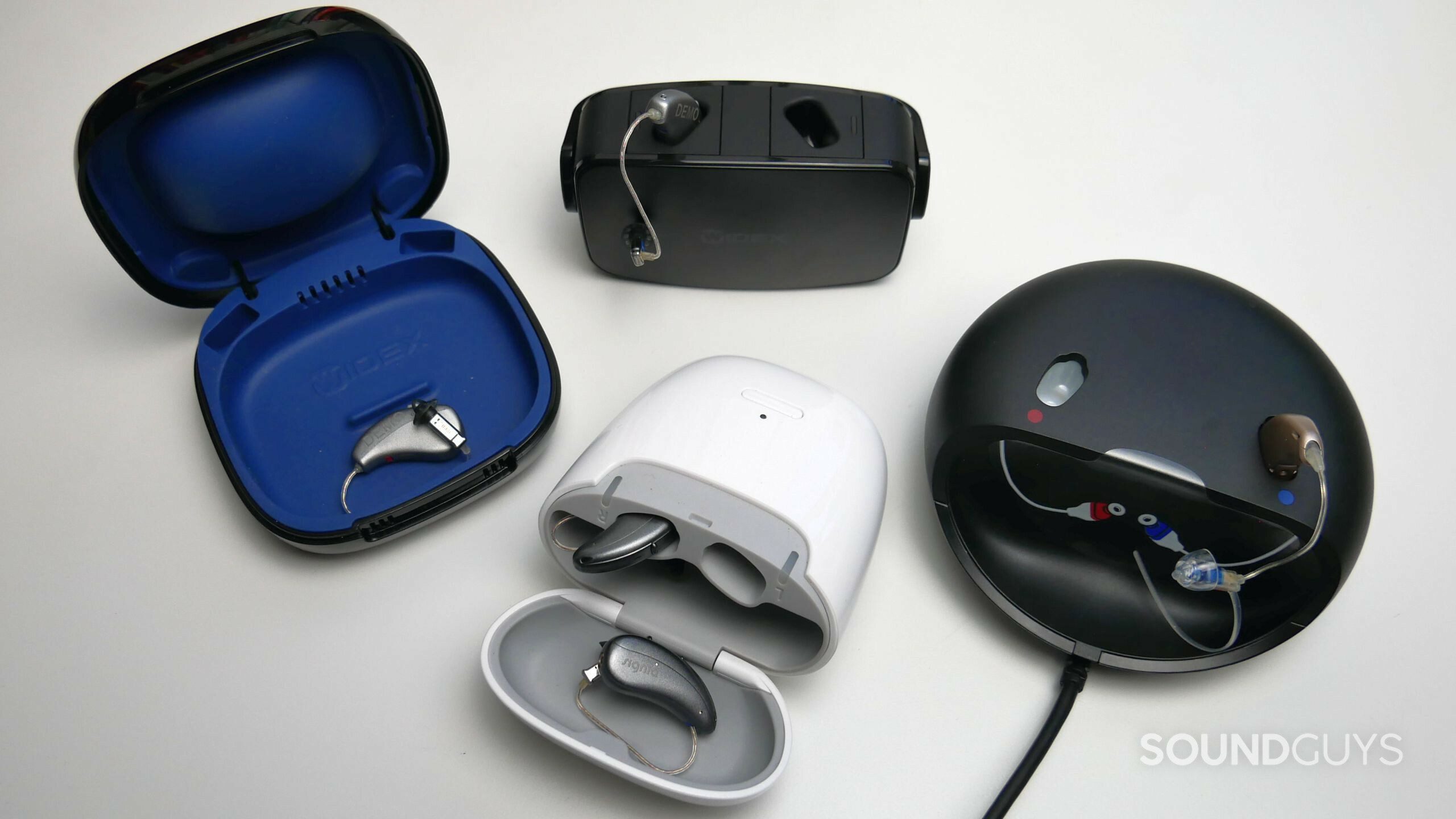
You can also get a hearing aid tube for RICs and BTEs. The tube extends from behind the receiver and folds into the outer ear. It provides additional support, in case the main hearing aid unit drops out while you take off your glasses or your mask.
Bring all your questions to your hearing aid appointments
Don’t hesitate to ask questions during any of your appointments, but be sure to raise questions during the final appointment at the end of your trial period. If you can, keep a record of all the issues you run into with your hearing aids, and use this appointment to discuss them with your hearing care provider. The provider can adjust the programming or show you any settings you may have missed.
What if your hearing aid fitting isn’t perfect?
Once you’ve been fitted with hearing aids, you can still see your hearing care provider for regular hearing aid check-ups. You might not have had a chance to fully test your hearing aids during the trial period, and your hearing will change over time. Hence, it’s important to follow up on any issues you experience and have your settings fine-tuned. Eventually, you might also need a new hearing test.
Frequently Asked Questions
Yes, one ear canal may be smaller than the other. If your hearing aid keeps popping out, try using a different dome. If it’s hard to get into your ear, you might want to try a smaller dome. If it slips out easily, try a bigger one. This is assuming you’re using a receiver-in-the-canal or behind-the-ear hearing aid. If you’re using a custom-molded hearing aid, the fit should be perfect for each ear; otherwise, consult with your healthcare professional.
This depends on your hearing aid model. Generally, hearing aids do come with the option to increase the volume. Sometimes, this feature is only available in the smartphone companion app (if available). However, if you’re struggling to understand words, the volume alone might not be the issue.
Make sure your batteries are fully charged or aren’t going bad. If your hearing aids were recently fitted, consult with your audiologist to make sure the settings are ideal for you. You might still be able to get free follow-up visits. If it’s been a while since you’ve been fitted, you might need a new hearing test and fitting to account for more recent changes in your hearing.
Hearing aids shouldn’t be uncomfortable, but it does take time to get used to them; up to four months. Initially, hearing your own voice, chewing, or swallowing (occlusion effect) can be jarring, though you will get used to it. If this is a deal breaker, ask your hearing care provider for solutions to reduce the occlusion effect, such as using an open dome. Likewise, hearing more sounds than you used to can be overwhelming at first, but your brain will adjust quickly. Finally, if you’ve been fit properly, there shouldn’t be any physical discomfort at all. If you do feel pain or discomfort, you could try different domes (with receiver-in-the-canal or behind-the-ear hearing aids) or a different type of hearing aid altogether.
Thank you for being part of our community. Read our Comment Policy before posting.